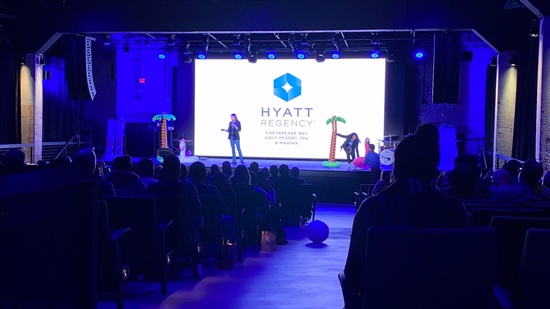Perfecting the Craft of Seamless Film Projection on Curved Surfaces for Breathtaking Graphic Experiences
Perfecting the Craft of Seamless Film Projection on Curved Surfaces for Breathtaking Graphic Experiences
Blog Article
Film mapping is an innovative technique that allows images and footage to be displayed onto surfaces, creating stunning visual experiences. When it comes to rounded surfaces, mastering this craft can be a bit more difficult than casting onto flat planes. Rounded areas can encompass various elements from the facades of buildings to art pieces and even platforms. Grasping how to effectively map footage onto these shapes is crucial for creators, designers, and event planners who want to create immersive settings that captivate audiences.
The initial step in video projection on curved surfaces is to comprehend the geometry of the area. Curved areas can be intricate, with varying degrees of curvature. To achieve a seamless display, it is important to create a 3D representation of the surface. This model helps in visualizing how the footage will look when projected. Applications tools are accessible that allow users to create these representations and mimic the display. By accurately aligning the measurements and contours of the surface, creators can ensure that the footage aligns perfectly without distortion.
Once the 3D model is ready, the following phase is to prepare the video material. This includes modifying the footage to fit the specific shape and dimensions of the rounded surface. It is crucial to consider the perspectives and viewpoints from which the audience will observe the display. The material should be designed to improve the visual encounter, making it captivating and relevant to the theme of the event or setup. Using high-quality graphics and motion graphics can greatly enhance the overall impact of the projection.
After editing the content, the actual projection procedure starts. This involves placing up the projectors at the correct positions and spaces to ensure that the footage aligns with the 3D model. Adjustment is a crucial part of this procedure. It may require adjusting the luminosity, differentiation, and focus of the projectors to obtain the optimal outcomes. Additionally, using multiple projectors may be required to encompass bigger or more complex surfaces. This method, known as edge blending, helps create a continuous image across the whole surface.
Ultimately, trialing the display is essential before the final show. This allows designers to make Look At This any required modifications to the footage and device configurations. It is also an chance to see how the viewers will experience the display from various viewpoints. By confirming that the footage mapping is perfect, creators can provide a stunning visual encounter that creates a memorable impression. Perfecting footage mapping on rounded surfaces not only enhances creative expression but also creates new opportunities for storytelling and viewer engagement in multiple settings.